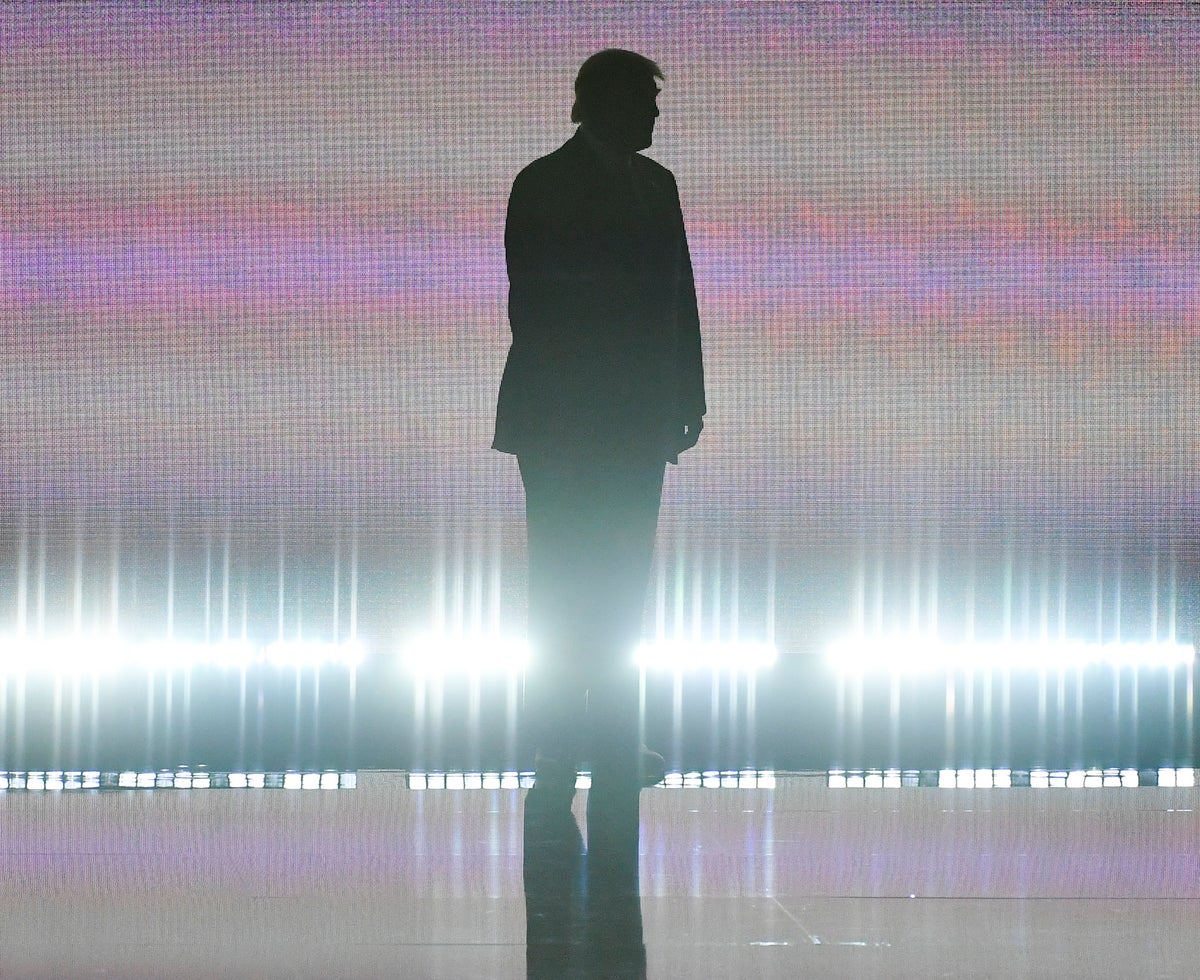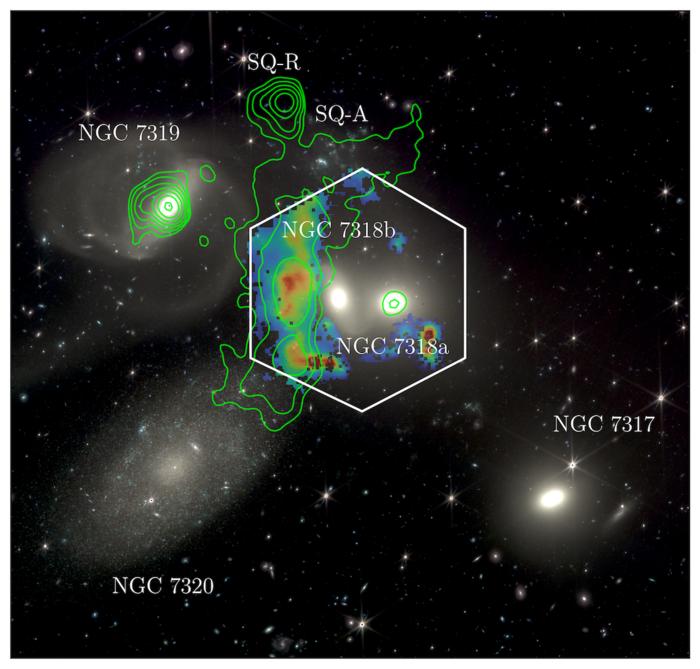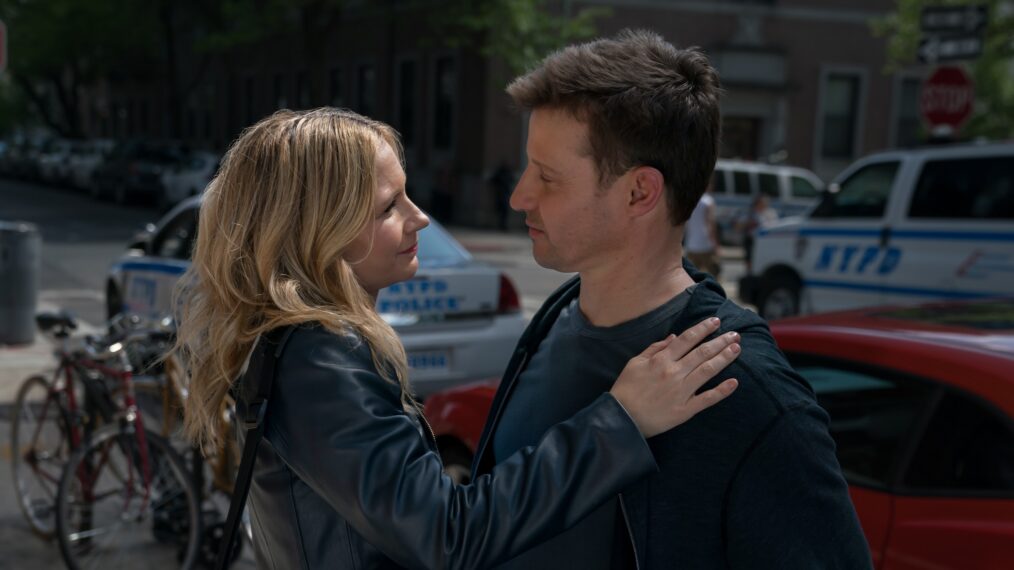
For years, tourists have served as both the lifeblood and the thorn in the side of the Italian hotspot of Venice. An estimated 20 million annual visitors bump up the city’s GDP, but have also been ravaging its delicate landscape in the process.
Now Venice is fighting back, first by limiting group numbers and now by charging short term visitors a fee to visit in the hopes that some will turn around.
But the latest move to reduce footfall and bump up the coffers of Venice’s public finances appears to be one too far for the city’s angry locals.
Venice fights back
Venice is facing a long-term crisis, but for years has done little to address the apparent source of much of its issues, soaring visitor numbers.
The city, which is a UNESCO World Heritage site, has experienced a population decline of 70,000 since the 1950s. In 2022, the number of tourist beds hit a milestone by outnumbering residents in the city for the first time.
Venice is also hoping to offset the ecological impacts of such huge visitor numbers. The city was almost put on UNESCO’s endangered list last year. In the long run, there are fears that rising water levels could flood significant parts of the city.
In an attempt to deter soaring visitor numbers, Venice has introduced a number of measures aimed at inconveniencing some travelers.
The main source of their ire has been day-trippers, who typically don’t spend as much as longer-term visitors, who pay for accommodation. They also make up about 80% of the city’s visitors.
In December, the city announced it would be placing a 25-person cap on the size of congregating groups, coming into place on June 1.
The city said the number was determined to align with the maximum group size in its museums. However, it was also calculated as about half the size of a classic tourist bus, potentially causing havoc for travel agents.
The latest move by the city will target tourists’ wallets.
Starting Thursday, day-trippers to Venice will face a €5 charge ($5.36) if they enter the city.
The charge, which was teased in September last year, won’t apply to longer-term visitors, and will only be applicable on 29 peak days between Thursday and July 14 as a trial phase.
But the charge, which mayor Luigi Brugnaro says is intended to make the city “liveable” again, has been met with anger by Venice residents.
‘Are we joking?’
Venice is bracing for protests Thursday as residents react angrily to the introduction of charges against short-term visitors.
Some locals are merely concerned by the optics of an unusual move to charge people a fee to enter a city.
“I can tell you that almost the entire city is against it,” Matteo Secchi, who leads residents’ activist group Venessia.com, told the Guardian. “You can’t impose an entrance fee to a city, all they’re doing is transforming it into a theme park. This is a bad image for Venice… I mean, are we joking?”
But other negative soundings point to an underlying tension between locals and the Venetian government over what is being done to ensure residents can continue to live there.
“It needs to be clarified where all this income will go,” Venice resident Nicola Ussardi told Euronews.
“They should repair the thousands of abandoned houses in this city. However, that’s unlikely to happen. Instead, residents keep leaving, the city is emptying out, and all we’re doing is boosting tourism,” he added.
Earlier in April, Venice’s Social Assembly for Housing and the Solidarity Network for Housing swarmed the city’s council building, brandishing placards calling for more affordable housing.
The residents think housing should be a primary policy for the city’s policymakers, slamming the “paradoxical” phenomena that have left full-time Venetians homeless, as their salaries aren’t enough to afford rent.
Even the city’s former mayor, Massimo Cacciari, urged tourists not to pay the tax, arguing they were already overcharged for their food and transport, speaking to adnkronos news agency.
It’s clear Venice’s awkward relationship with its destructive, spendthrift visitors will continue to simmer for some time, but the city’s struggling residents are showing there is a limit to their patience on that indecision.

















































.jpg)






